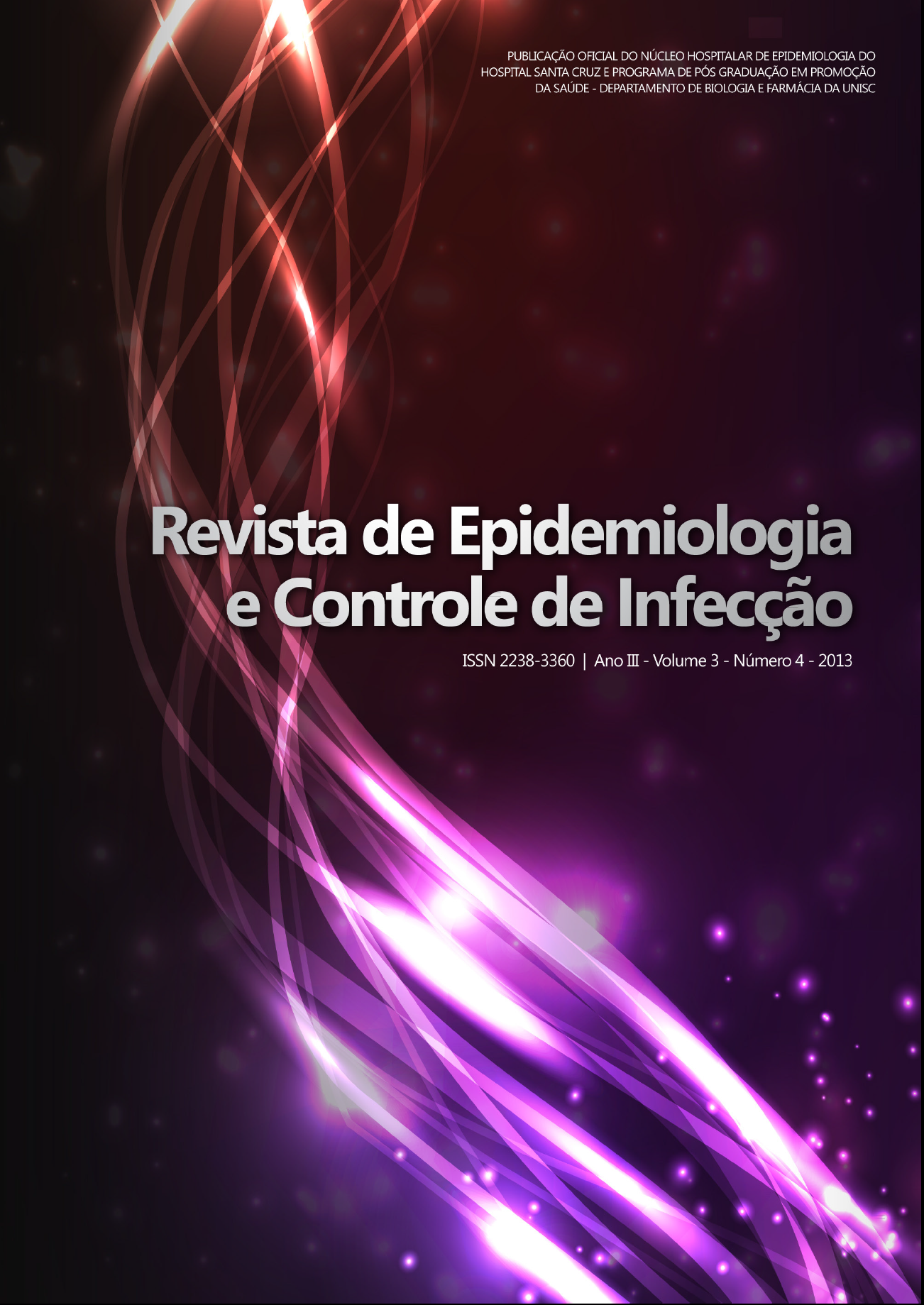Cardiorespiratory fitness and cardiovascular risk factors: a study involving students in Santa Cruz do Sul, RS, Brasil
DOI:
https://doi.org/10.17058/reci.v3i4.4025Abstract
Backgound and Objectives: The practice of physical activity and the potential benefits of cardiorespiratory fitness (CRF) should be considered as primary prevention of chronic diseases. The aim of this study was to relate CRF with risk factors causing cardiovascular diseases (obesity and hypertension) and arterial hypertension), in the municipality of Santa Cruz do Sul – RS. Method: the study of transversal character, utilized a sample of 1666 students, aged 7 – 17 years. The CRF was evaluated through the general resistance test (9 minutes); for cardiovascular risks factors, systolic and diastolic blood pressure was taken into consideration, along with anthropometric evaluations that indicate obesity, like the BMI, the sum of cutaneous flaps (ΣCF), body fat percentage (%BF), waist circumference and waist-hip ratio (WHR). Results: a high percentage of children with unsatisfactory cardiorespiratory fitness was found (70.9% for the boys and 69.4% for the girls). By comparing the CRF with cardiovascular risk factors (obesity and hypertension), it is observed that students with satisfactory cardiorespiratory fitness have better averages for BMI, WC, ΣCF,% F, SBP for both sexes, and DBP, for males. Found only a weak correlation between age (r = 0.431, p <0.001), ΣCF(r = -0.358, p <0.001) and % BF (r = -0.338, p <0.001) for males. Conclusion: The schoolchildren showed high prevalence of cardiorespiratory fitness unsatisfactory; Students with unsatisfactory APCR have higher averages for indicators of obesity (BMI, WC, ΣCF,% BF) and blood pressure (SBP, for both sexes; DBP for male), compared to those with satisfactory results.Downloads
Downloads
Published
How to Cite
Issue
Section
License
The author must state that the paper is original (has not been published previously), not infringing any copyright or other ownership right involving third parties. Once the paper is submitted, the Journal reserves the right to make normative changes, such as spelling and grammar, in order to maintain the language standard, but respecting the author’s style. The published papers become ownership of RECI, considering that all the opinions expressed by the authors are their responsibility. Because we are an open access journal, we allow free use of articles in educational and scientific applications provided the source is cited under the Creative Commons CC-BY license.


